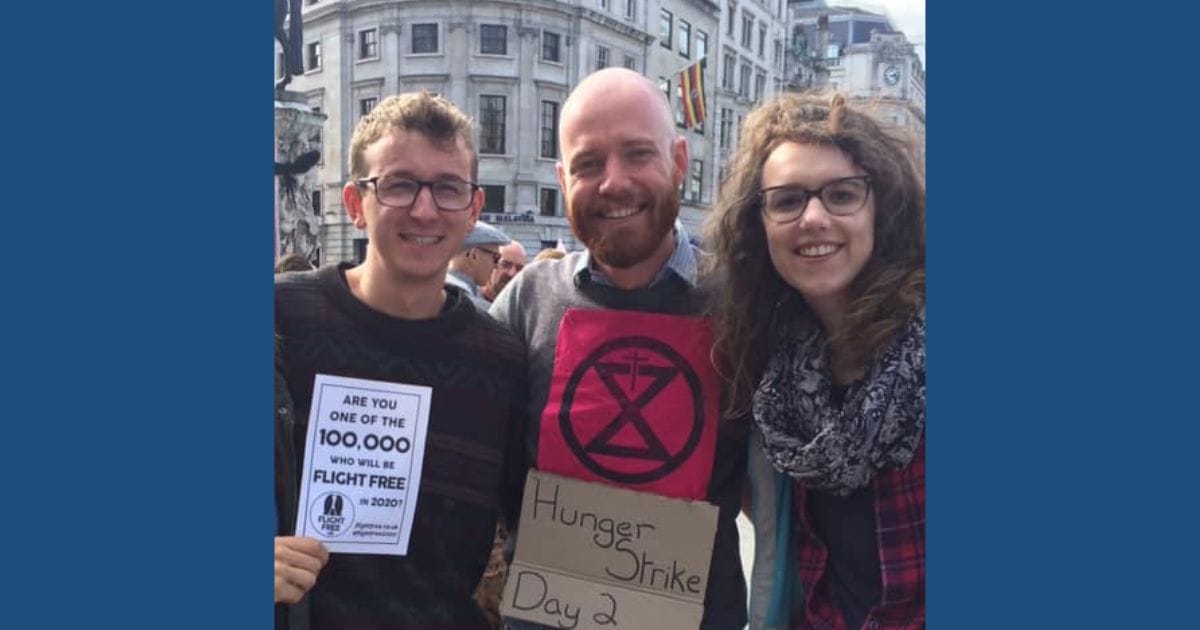It’s commonly quoted that aviation is responsible for just 2% of global emissions, therefore we shouldn’t worry about it.
Is that correct? Just how bad are aviation emissions?
More than CO2
The 2% figure is widely used to compare the carbon output of the aviation industry with other industries. But CO2 is responsible for only about a third of aviation’s warming effect. Non-CO2 emissions such as nitrous oxide and water vapour contribute too. This is the radiative forcing index of aviation – a mixture of greenhouse gases, released into the upper atmosphere and forming contrails, making the total impact much higher than that of the CO2 alone.
Taking all of this into account, the total contribution of aviation to global heating is estimated as 3.5%.
The global picture
Even 3.5% seems low, though! The reason is that, globally, very few people fly – only around 10% in any given year. So it’s not that aviation emissions are low, it’s that a very small proportion of the world’s population flies.
Local and individual level
In the UK, aviation emissions make up around 10% of our national annual emissions. On an individual level, it’s likely to be a lot higher.
For example, depending on where you’re flying to, one flight could equal a year’s worth of an activity like driving.
Here are some figures for comparison:
- Heating your home for a year: 2.7 tonnes CO2 = a return flight to LA (2.69 tonnes CO2)
- Eating meat for a year: 2.06 tonnes CO2 = a return flight to Mumbai (2 tonnes CO2)
- Driving a car for a year: 1.73 tonnes CO2 = a return flight to New York (1.75 tonnes CO2)
All flight emissions data is from flightemissionmap.org, accurate at time of publication

Multiple flights very quickly add up, so if you are taking several flights per year, they could easily contribute half or more of your carbon footprint.
Another way to look at it is that flights wipe out the savings you might have made through making an effort in other areas – for example, following a vegan diet, or driving less.
When we consider that the recommended sustainable footprint is just 2.3 tonnes per year, we quickly see that there isn’t any room for flights once we have included the things that are essential to living, such as food, shelter and warmth.
If we are to move to a low-carbon society, cutting out non-essential sources of emissions will be vital, and for most people, that’s flights.
Calculations for chart (all sources accessed Feb 2021):
- Flight emissions from flightemissionmap.org
- Average meat consumption in the UK = 85g per day, 85g meat per day generates 5.63kg CO2, x 365 = 2.06 tonnes per year
- Driving emissions from nimblefins.co.uk/average-co2-emissions-car-uk
- Lightbulb emissions from energysavingtrust.org.uk/advice/lighting




